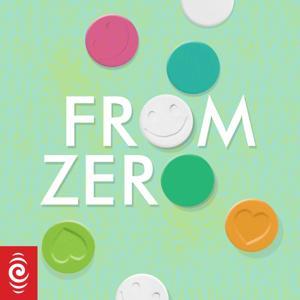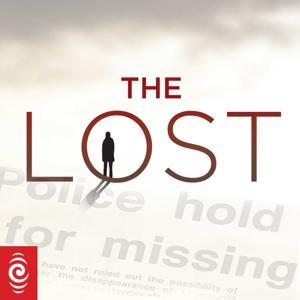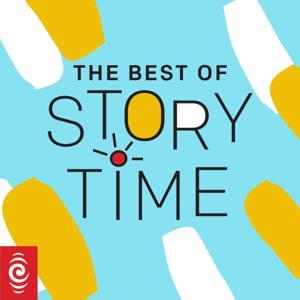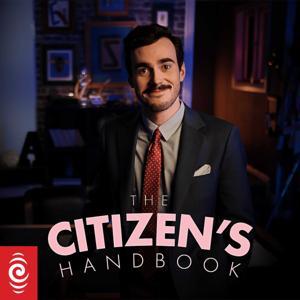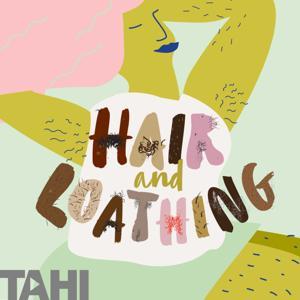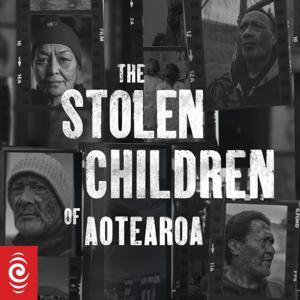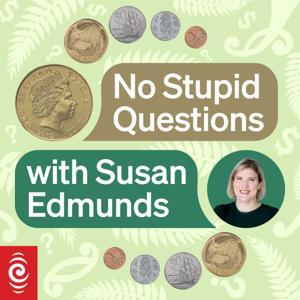What is vitamin C and why do we need it? Which foods have the most vitamin C? Should we pop pills when we think we're getting a cold, or are we just producing expensive urine? And can vit C really cure cancer, or is it all hype?
What is vitamin C and why do we need it? Which foods have the most vitamin C? Should we pop pills when we think we're getting a cold, or are we just producing expensive urine? And can vitamin C really cure cancer, or is it all hype? Alison Ballance and Simon Morton are on the case.
Experts recommend we consume 200 milligrams (mg) of vitamin C each day.
That's easy to do. Two gold kiwifruit (180 mg), three oranges (210 mg) or a cup of frozen blackcurrants (190 mg) are all great sources of vitamin C and will get you to 200 mg in one easy hit.
Strawberries (80 mg/cup) and honeydew melon (86 mg/cup) are also high in vitamin C - there's a delicious vit C fruit salad to be made with all these fruits.
It'll soon add up on your dinner plate as well. One raw red capsicum contains 240 mg, while kumara (66 mg/cup), cooked broccoli (93 mg/cup) and raw red cabbage (50 mg/cup) are all reliably high.
Bananas, apples, carrots and spinach, on the other hand, are all low in vitamin C.
Supplement versus food? There is no difference in the quality of vitamin C you get from a pill or food.
The scientists we spoke to say there is no need to pop a pill if you eat a healthy diet, including at least 5 servings of fruit and vegetables a day.
But they advise taking a supplement if you're getting a cold, as it may shorten the duration of the cold and will stop it developing into pneumonia. Our bodies get rid of vitamin C very quickly, so maybe take small doses of vitamin C often.
Vitamin C and scurvy
We've known for hundreds of years that if you don't eat enough fresh fruit and vegetables -especially citrus fruit such as oranges and lemons - you will get scurvy and die.
Thousands of sailors died on long ocean voyages until, in the late 1700s, ship captains such as Captain James Cook began taking lemon and lime juice, as well as sauerkraut, on board - and cases of scurvy plummeted.
Surprisingly, there are still cases of scurvy reported in New Zealand today - and in a recent study in low income areas of the United States, 12 percent of people were on the verge of scurvy.
Ascorbic acid is a vitamin because it's a vital molecule that we don't make ourselves, so we need to get it from food.
It wasn't until the early twentieth century that the mysterious molecule that prevents scurvy was identified and named ascorbic acid, which means 'anti scurvy.' Ascorbate is another form of vitamin C.
Vitamin C in our body…
Go to this episode on rnz.co.nz for more details



